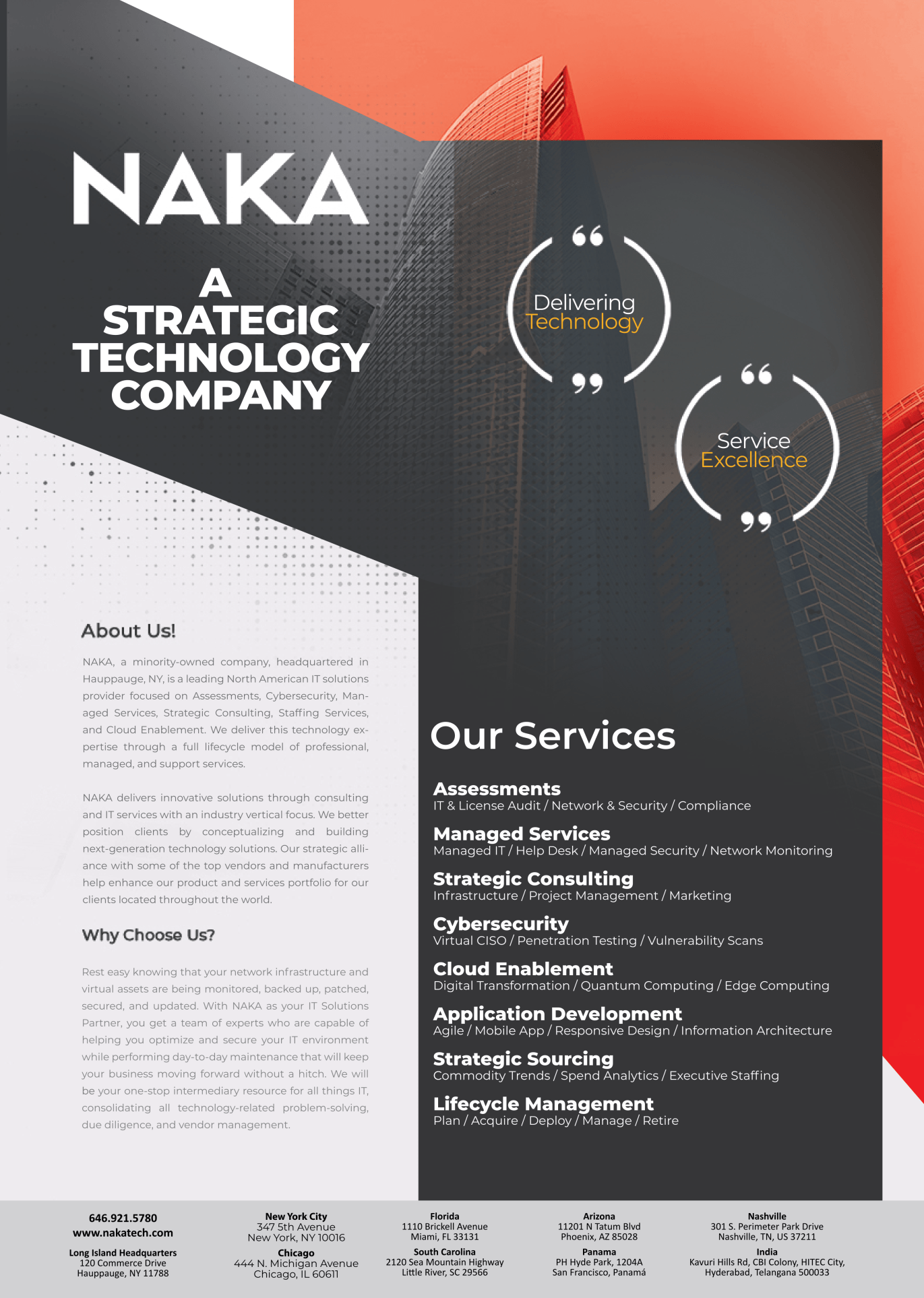Will The Industry Completely Move From SIEM To XDR?

Will The Industry Completely Move From SIEM To XDR?
Due to the pandemic, most of the IT employees are working from home. It is quite a crucial task to balance the work from home and build volatile business results and be safe from modern world cyberattacks. We have made some progress in the cybersecurity domain, but it’s not enough as cybersecurity attacks are rising every year. Like SIEM(Security Information and Event Management), which are used to collect a large number of logging data from different host machines and used to govern enterprise security rules.
Getting to know about SIEM(Security Information and Event Management):
SIEM is used extensively by large enterprises for quite a long time, which helps them to recognize the blind spot in logging, filtering the noise, and tuning firewall audits, proxy filtering logs and data from end-point will improve existing alerts results.
SIEM best practice:
With the lack of adequate Audit policies, most of the logs(80%) are having noise. If tuning is not proper, it will not give accurate result value from SIEM investment. Sending everything from logs to the SIEM is completely irrelevant and will give undesirable results. To save both time and money, it is important to use channelized audit policy and filter out the critical events, by enforcing correct policies with a firewall filtering out the noise and tuning it.
Getting to know about XDR(Extended detection and response):
XDR on the other hand is the latest thread detection mechanism in the field of cybersecurity. It helps to reformulate gathering, normalizing, and correlating data security from several sources and strengthening the security products to respond correctly and quickly.
XDR do much more than detecting the security incidents:
It is an integrated security strategy platform with different tightly coupled security applications in a single platform. It is having a four-stage process to collect logs, packets, files & user data from multiple sources and then detect the patterns for vulnerable behavior. After successful identification of these patterns, query investigation is done for the malicious activities and finally automating the response by taking appropriate actions and generating POF(plenty of fish) reports.
What makes XDR different from SIEM:
It is using new cloud-native technology architecture and different microservices such as service-oriented architecture(SOA) with the help of clustering and containers. It provides scalability and flexibility in the deployment with high-performance-centric queries which will make the whole process faster than SIEM.
SIEM aggregate data from different sources together from the whole environment at one place and allow security specialists to work on that interface. Although it collects information from all the sources, the resulting details are of low level. It does not allow any surplus information from data about the tools used for additional research analysis about specific incidents. From tools like EDR(Endpoint Detection and Response) & EPP (Endpoint Protection Platforms), It has a restrictive capability to process advanced groups of security information.
What makes XDR better:
XDR is having various complementary tools other than SIEM:
- Security tool Interaction helps to retrieve query data and procedure to be taken care of as preventive measures to deal with the incident.
- Central data lake storage to collect and integrate all the raw data from different sources.
- Advanced AI and machine learning algorithms to improve the quality of events.
XDR has 3 main functions in cloud and CSP which make it different from SIEM:
- identity management security – to capture data from cloud providers and activate identification functions to keep track of the identify anomalous activities.
- Logging data analyzer – to analyze tons of data and make meaningful decisions out of the information by eliminating the noise.
- Network flow analyzer – the large data and its complex behavior make it hard to trace the network in real-time. XDR provides a mechanism to identify and separate the vulnerable system and identify security breaches and respond accurately.
Comparison in SIEM and XDR:
| SIEM | XDR |
| Aggregate Log and alert and conformance management are key use-cases. | Provide proactive detection and response. build -in response capability. |
| Multiple alert identification with the same incident is not efficient. | Able to contain alert information and identify the suspicious activities with the same incident efficiently. |
| SIEM platform on bulk telemetry sends more triage for security analysis in comparison to the XDR. | By using different detection machine learning and automation algorithms on bulk telemetry, XDR reduces the triage amount needed for security analysis. |
| In SIEM products, queries can take days or hours to give results. | Queries are ultra-fast and give results in seconds using the lucent search engine. |
| Mostly Manual correlations and integration among tools will increase time and decrease efficiency. | Automatic detection and response due to correlation among the tools. Fast thread hunting. |
| The response stage needs a human decision. It gives data with the response and security specialists need to reduce the threat by some actions. | It helps to do all three security cycle automation- triage analysis, security expert analysis, and response to the query and do the orchestration. |
Conclusion of the story:
In short, we can say XDR is an alternative for SIEM, which includes core functionality of SIEM and improvise them with the use of artificial intelligence by analyzing and correlating the high volume of data for a better accurate and automated response. It is completely NextGenXDR which will provide all the leverages to use machine learning to do preemptive measures against any cyberattack. SIEM security analysts will either innovate or die. Technology continuous innovation is compulsory for both SIEM and XDR.



